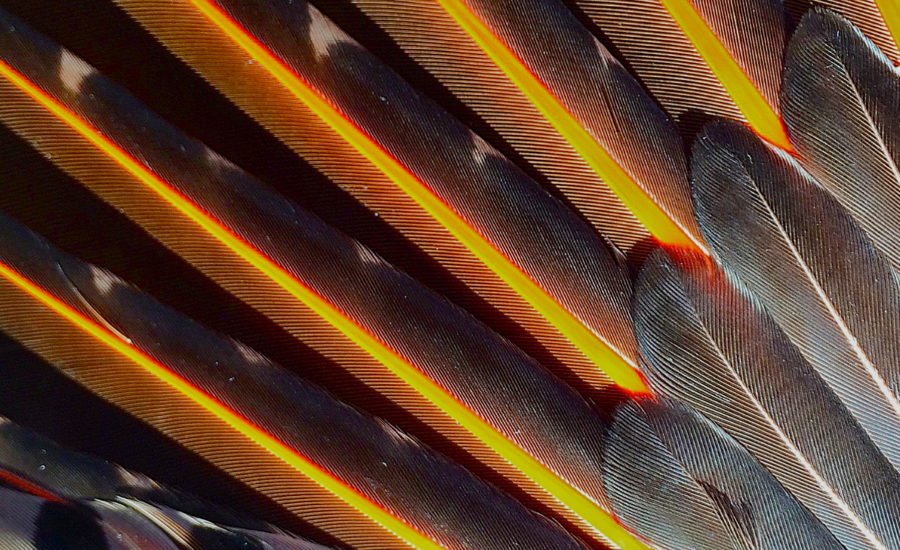“The world is full of obvious things which nobody by any chance ever observes.”
–Sherlock Holmes
Have you ever revisited somewhere that you have been many times and seen things that you didn’t notice or never paid attention to before? I know that I have.
Have you ever noticed that after shopping for one type of a shoes or reading about one type of animal all of a sudden you are noticing them everywhere? I know that I have.
It is easy for the conscious mind to come up with faulty explanations for these occurrences, such as, “Wow. Everybody is getting the same shoes as me now.” But the truth is usually not in the outside environment but in one’s own perception.
When I was a kid, growing up in Southern California, I was very observant and I noticed more things in nature and saw more animals than the average kid my age and much more than the average adult. However, I was an untrained naturalist for the most part and when it came to birds I knew few by name. When it came to local birds of prey I knew even fewer by name. The name that I definitely did know was red-tailed hawk. And sure enough, the only raptors that I remember seeing were red-tailed hawks.
Later, when I moved to another part of the state for college, I had the good luck of taking a natural history class where I learned about five different local birds of prey and learned to identify them frequently in the field. My first interpretation was: “Wow, there are so many more raptor species here than in Southern California, there must be some environmental reason.”
In subsequent visits to Southern California however, I started seeing many of the other species of raptors. Apparently, some of what had been “red-tailed hawks” turned out to be red-shouldered hawks, and some were probably even accipiters, while surely many of the other birds had just gone un-named and therefore un-noticed.
The field of cognitive science has learned a lot about perception in the last few decades and much research has been focused on vision. Most people take what they see for granted as an unadulterated, objective view of reality. As it turns out, what we see is vastly mediated by what we know, what we think we know, and what we expect or don’t expect.
If you only know the name of one kind of bird you might not see much else besides that bird. But if you read a whole book about the elusive Cooper’s hawk you will probably start seeing them (and hearing them) all over the place.
The morals of the story are:
- What you see and what you don’t see is shaped by what you know and don’t know.
- Don’t jump to conclusions about environmental reasons for what you see or don’t see.
- You can train yourself to see more
I will be adding more related articles about observation in small digestible segments.
